Remembering Lady Bird…
My sister forwarded me this article from The Washington Post. Yet another article by Robin Givhan that I love… wanted to share with all of you as well.
A First Lady's Natural Beauty
In Place of Dazzle, a Taste for the Simply Pleasing
By Robin Givhan
Washington Post Staff Writer
Friday, July 13, 2007; C01
The fashion industry loves a good clothes hanger, someone who wears a dress well and makes a point of being interested in the ebb and flow of styles. So it makes sense that Seventh Avenue has always had special affection for Jacqueline Kennedy and Nancy Reagan. Both women, during their years in the White House, knew how to make a statement with a frock. In the days before designers had so many interchangeable starlets on whom they could hang their wares, the impact a first lady could have on their business was significant. And even today, memories of Jackie Kennedy continue to inspire designers whenever they are trying to express a particularly American aesthetic of elegant informality.
Lady Bird Johnson was not a favorite within the fashion industry, but she should have been. Not because of her style but for her philosophy.
She had an appreciation for beauty and its potential to instill pride in people, to comfort them and to bring them joy. Her focus was not on the rarefied world of museums and symphonies, but beauty in a far more democratic form: nature. The fashion industry should have championed someone who saw grace, allure and power in places that others took for granted or considered unimportant.
With her death Wednesday at 94, much has been said about her dogged determination to see tulips and daffodils brighten the Washington landscape and to coax wildflowers to bloom along the country's highways. Notice that she was entranced by wildflowers, not painstakingly cultivated antique roses or finicky orchids. She marveled at the kinds of flowers that often fade into the background.
Designers should stand a little taller each time a dour Washington intersection turns Technicolor in the spring. Lady Bird made beauty — the kind that is simple, familiar and accessible — important.
She was in the unenviable position of having to follow Kennedy as first lady, a woman 17 years her junior and one who had a solid reputation as a fashion icon. Not much has been said about Johnson's attire or about her sense of style, at least not much that has been particularly enthusiastic. Arnold Scaasi dressed first ladies from Mamie Eisenhower to Laura Bush, but Johnson barely receives a full sentence in “Scaasi: A Cut Above,” one of those splashy cocktail-table books about the designer's work in which much attention is paid to his glamorous clients. In her obituary in Women's Wear Daily, Johnson's White House style is described as stately and it is noted that she trimmed down to a size 10, learned to use flattering makeup, but never managed to keep her stockings from sagging at the ankles.
But the fashion industry would do well to thank her for the way she looked at beauty. She might not have cut as stylishly iconic a figure as Kennedy or be remembered for the kind of James Galanos glamour that Reagan cultivated. But in a more general way, Johnson acknowledged that beauty comes in many forms and that everyone should have access to it. The fashion industry could not have asked for a better endorsement than that.
The industry might also try to do more to advance Lady Bird's belief in inclusiveness by broadening its range of sizes, celebrating ethnic diversity and not forsaking women for girls. Instead of focusing on the hothouse flowers of Hollywood, the industry should try to beautify the populace. It's just as noble to strive for pretty clothes that any woman can wear as it is to aspire to creating a single exquisite gown that only Cameron Diaz can fit into.
It's not surprising that the fashion industry didn't see the link between Lady Bird's “beautification” project and its own goals. Fashion designers often see what they do as more rarefied than it is — more orchid than daisy. For them, success is frequently measured by which celebrity is wearing the clothes, how often and how well. In that regard, Lady Bird was of little help to the industry. But for fashion to thrive, it needs an environment in which simple pleasures are valued. Lady Bird Johnson cultivated such a climate. That was her gift to Seventh Avenue.

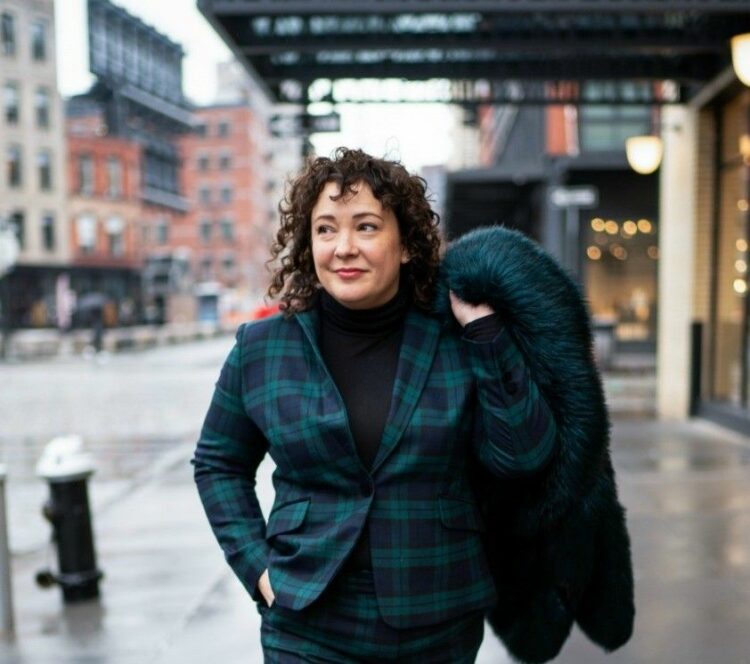
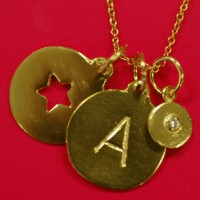
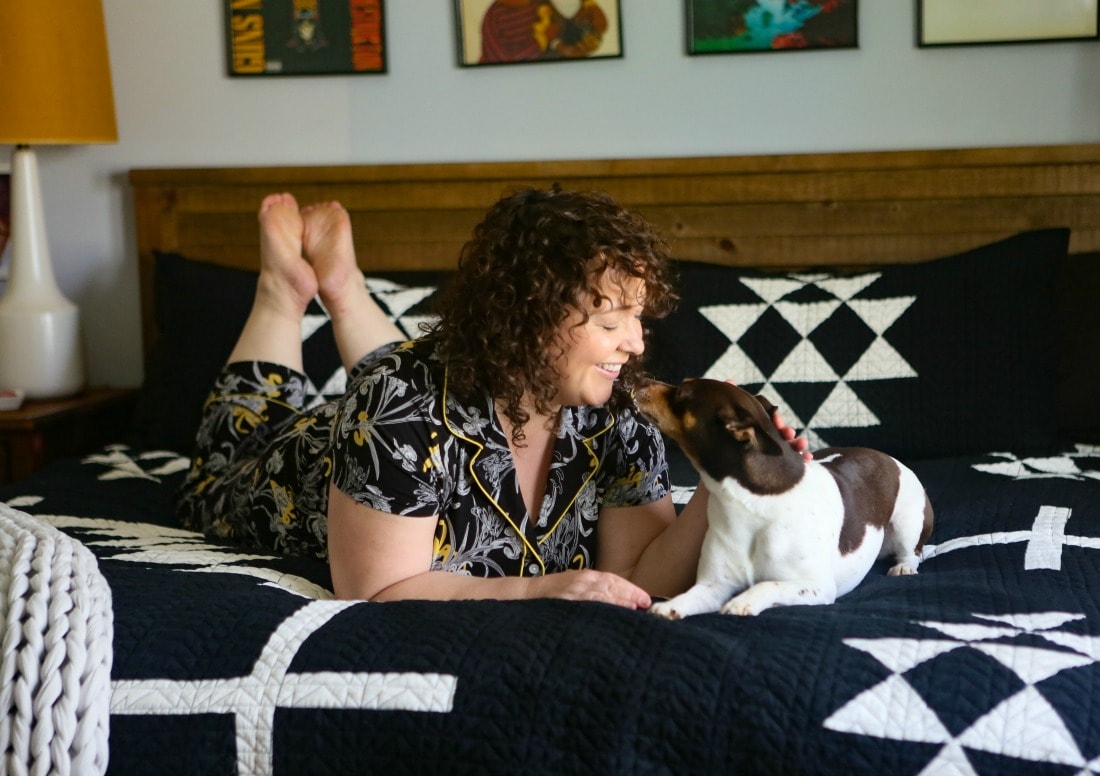

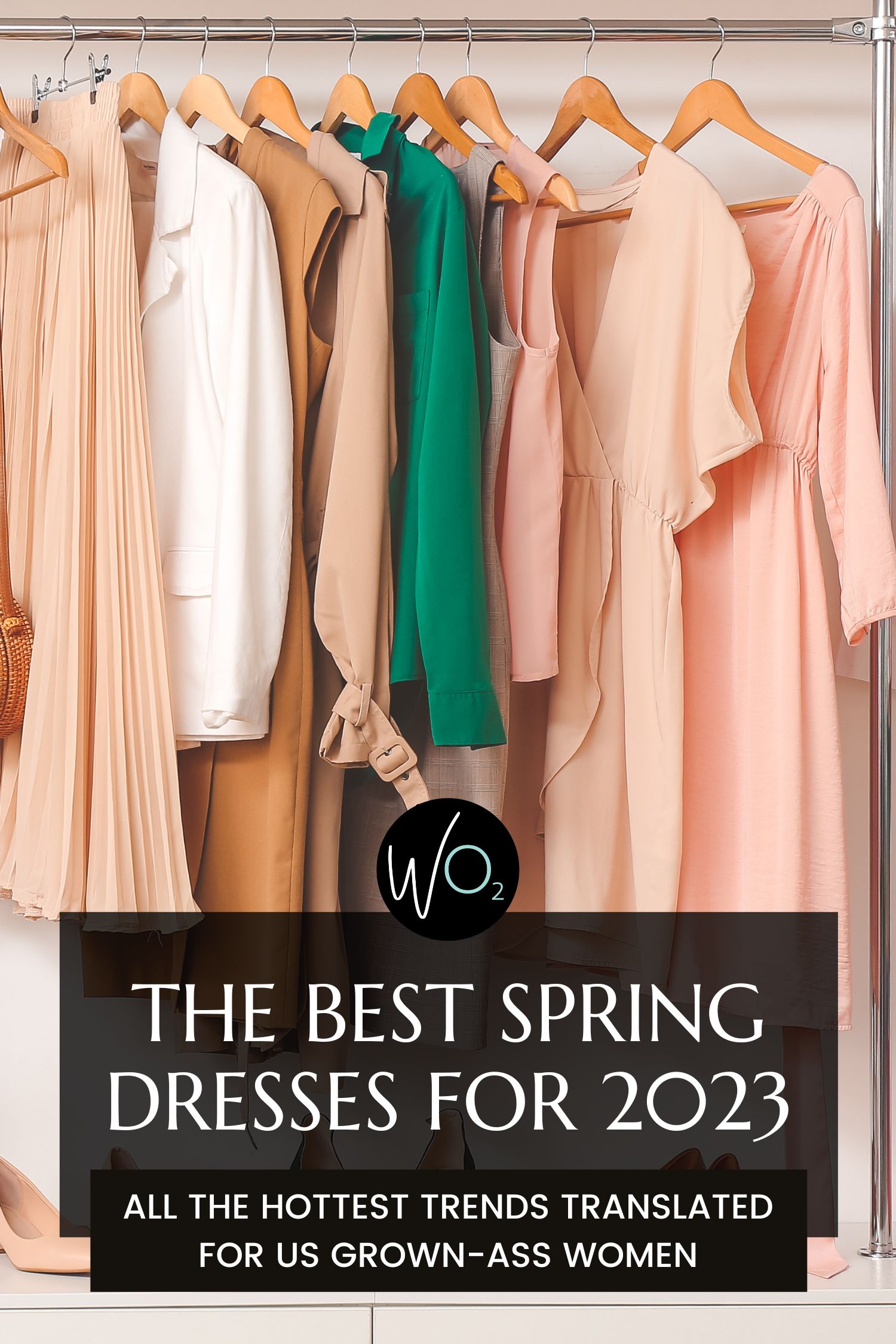

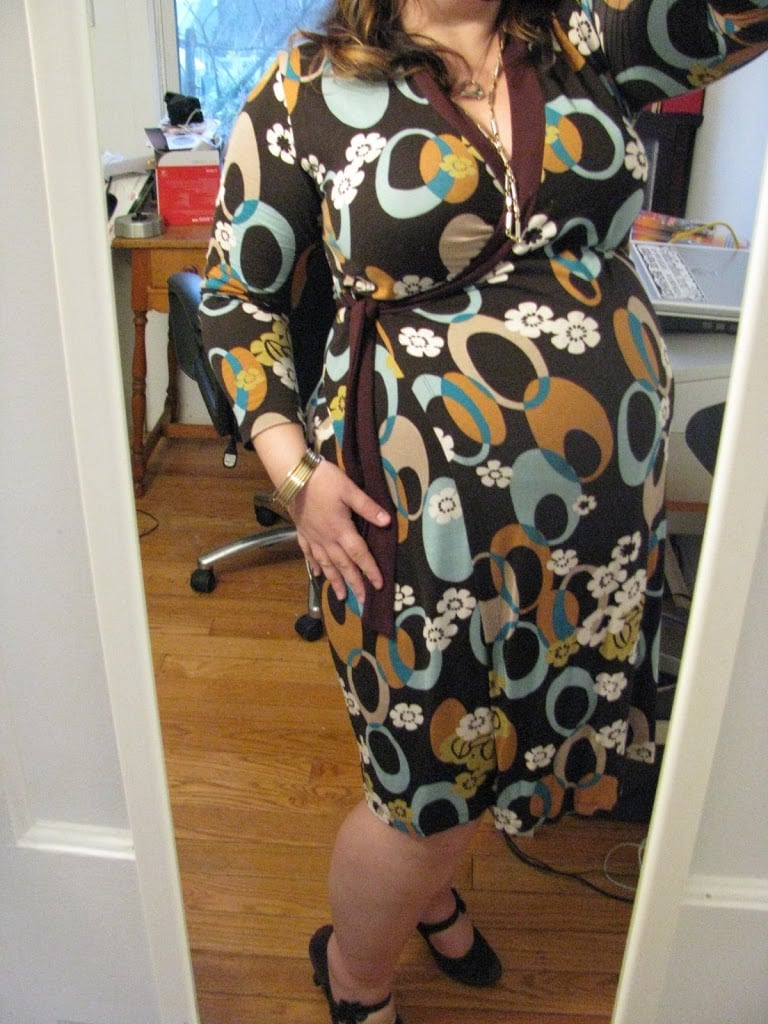
Now THAT is beautiful
Well said!